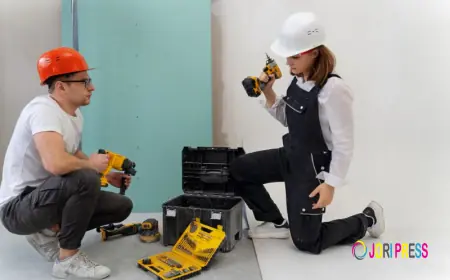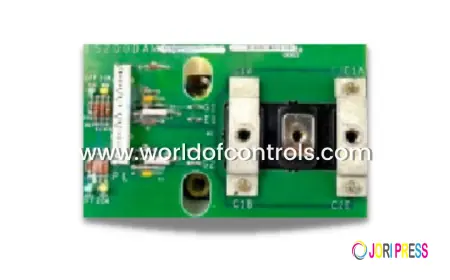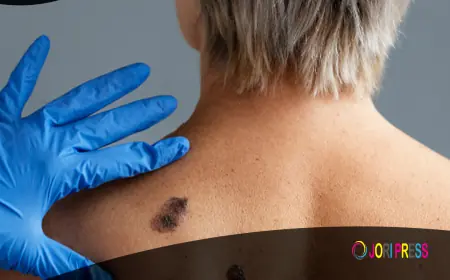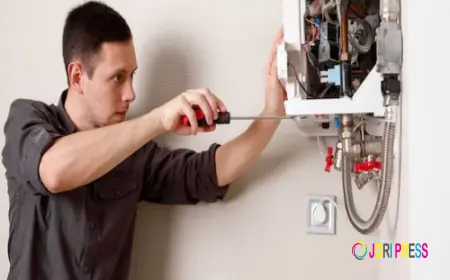Termite Infestation & Treatment Effects on Floors, Walls SG
Initially established as a partnership in 1981, System Pest Control Services started with just 5 staff and 12 secured contracts. Thanks to our commitment to high-quality services and continued development of best practices in pest control and disinfection — we soon expanded our pest control company Singapore operations to neighbouring Malaysia in 1988 by establishing our associate limited company, System Pest Management (M) Sdn Bhd.

Termite infestation is a situation in whereby groups of termites attack a given property and consume wood and cellulose products. They can destroy the floors, furniture, and structural elements in silence in the humid climate in Singapore. Early diagnosis and medical intervention are needed to eliminate the need to carry out expensive repairs and stay safe.
Does Termite Infestation in Singapore Weaken Floors?
Yes, it can make floors weak as time goes by due to the Termite Infestation Singapore. The termites attack wooden structures such as floorboards and support beams, rendering them weak. This destruction usually remains unnoticed until the wood turns hollow, creaks, or sags. Frequent inspections are used to identify infestations at an early stage and avoid the expensive structural remedies.
Common Signs of termites in the floor
Blistering or Bubbling
On the wooden floors, blistering or bubbling is a common symptom of the accumulation of moisture because of the termite work, since they eat the wood and destabilize the wood beneath the skin.
Maze-Like Patterns or Tunnels Under Flooring
Termites build complex maze tunnels under floor boards, which can only be observed during the opening or removal of a panel, indicating that there is an ongoing infection and structural integrity is at risk.
Hollow-Sounding Wood When Tapped
When the floors of the affected wood are tapped, it can create a hollow sound, which indicates that the inner wood has been damaged by termites, which eat through the timber that supports it.
Buckling or Sagging Floor Sections
Flooring can be affected by termites that weaken wood, leading to the buckling or sagging of sections of the floor, which forms uneven surfaces that are signs of structural damage and safety risks.
Cracks in Floor Tiles or Wood Planks
The cracks on the floor tiles or wood planks may be caused by the weakening or movement of wood, which may be an indication of a termite infestation issue.
Mud Tubes Along Floor Joints or Baseboards
Termites construct mud tunnels that run along joints on the floor or baseboard to serve as protective tunnels to support evidence of their existence and also to move safely between wood sources.
Loosened or Detached Floorboards and Tiles
The floorboards or tiles can be loose or fall off since termites undermine the adhesives holding them in position, which are signs of serious structural damage that needs serious attention of professionals.
How Termites Damage Floors
1. Silent Feeding
Termites are tinkling backstage. They tend to chew the wood from the inside out, leaving the top side to the surface. This is such that it becomes difficult to realize the damage until the floor begins to sink or become hollow.
2. Subfloor Vulnerability
A very high percentage of the properties have wooden subfloors or support beams in Singapore. Termites first attack such concealed places, undermining the foundation of the flooring system. The surface may seem smooth, but the structure under it might have been damaged already.
3. Moisture Attraction
Maintenance of floors under high moisture conditions, like those in kitchens, bathrooms, or at ground-level apartments, is especially susceptible. Wet wood is likely to attract termites, which increases the rate of destruction.
How Termites Weaken Floors
The termites subsist on cellulose in wood and bore holes through beams, floorboards, and layers of plywood. With the course of time, such feeding causes some observable problems:
- Sagging or Uneven Floors: The internal structure of the wood may be weakened, and therefore, the floor can start sagging or becoming uneven underfoot. This is usually among the initial infestation indicators.
- Hollow Sounds: When tapping on infested floorboards, they can give a hollow sound as the termites have bored holes into the wood.
- Cracks and Splinters: The activity of termites may lead to cracks in the floorboards, which will be easier to splinter or break under the weight.
- Moisture Damage: Termites that live underground survive in wet surroundings. The infestations may complement the water damage in floors already existing floors, thus weakening the structure.
Repairing Termite-Damaged Floors
When the floors are damaged by termites, repair could be achieved depending on the level of damage:
- Minor Damage: The appearance of surfaces can be restored by sanding, filling, and refinishing.
- Severe Damage: Subfloors or whole floor boards might have to be replaced. Professional examination can be very important so that safety will be guaranteed and further difficulties can be avoided.
Long-Term Impact of Termite Damage on Floors
Termite damage not only damages the physical strength of the floors, but also the value of their property. Homes that have known infestation of the termites will have lower market value compared to those that have been remedied and treated. Maintenance and preventive measures can prevent expenses and save the lives of floors, as well.
Introduction
The management of termites is a professional practice to remove the termite colonies and prevent damage to properties. Typical methods in Singapore are chemical barriers, baiting systems, and environmentally friendly ones. Wooden buildings, floors, and furniture should be inspected regularly and protected to protect them through early intervention.
Can termite treatment in Singapore affect walls?
Yes, the Termites Treatment Singapore may affect walls, depending on the methods used to treat them, either directly through the application of the chemicals or by means of drilling into the walls. Professional services are careful to avoid causing damage, and they apply specific approaches to ensure that the building's integrity is not damaged as they extensively destroy the termites in the walls and other potential spots in buildings or houses.
How Walls Can Be Affected
Walls are in danger depending on the nature of the treatment and precautions during applications:
- Drilling for Injection: Holes can be pierced in walls and used to inject the walls with chemicals. Such holes tend to be small and can be fixed later.
- Surface Sprays: When sprayed on walls, the chemicals might result in slight discoloration or be left behind in case the application is not done carefully.
- Moisture Concerns: Termiticides in liquid form can add moisture to them. Damaged walls or old walls might absorb moisture, causing slight swelling or staining.
Signs of Wall Damage from Treatments
However, in the instances of improper use of termites, they can cause:
- Colored spots, discoloured painted walls.
- Small drill marks or holes
- Remains of chemical pesticides.
Safety and Precautions
The use of modern termites in Singapore is modeled to be safe for the walls, furniture, and the residents. Authorized pest management agents apply:
- Environmentally friendly or low-toxicity chemicals.
- Wall impact reduction through controlled injection.
- Inspections carried out before treatment to discover poor wall materials.
Choosing the Right Termite Treatment
To prevent damage to the walls, a professional termite control service should be chosen that:
- Works with environmentally friendly or non-toxic chemicals.
- Has experience working with wall treatments and injection techniques.
- Proposes after treatment inspections just to make sure that the walls are not collapsing.
Long-Term Monitoring and Prevention
Regular monitoring is valuable after the treatment to avoid future damage:
- Regular check-up of mud tubes, droppings, or hollow-sounding walls.
- Keep walls dry and well-ventilated to deter termite infestation.
- When doing the renovations, consider the use of termite-resistant materials.
- Arrange regular follow-up treatments or inspections by the professionals.
Conclusion
Termites in Singapore can silently undermine floors by drilling hollows in the wood and making the structures sag, creating cracks and rough surfaces. Detecting the problem early, treating professionals, and performing frequent inspections are vital to preserve the structural integrity, avoiding expensive repairs, and guaranteeing safety and property costs.
What's Your Reaction?
 Like
0
Like
0
 Dislike
0
Dislike
0
 Love
0
Love
0
 Funny
0
Funny
0
 Angry
0
Angry
0
 Sad
0
Sad
0
 Wow
0
Wow
0

















































